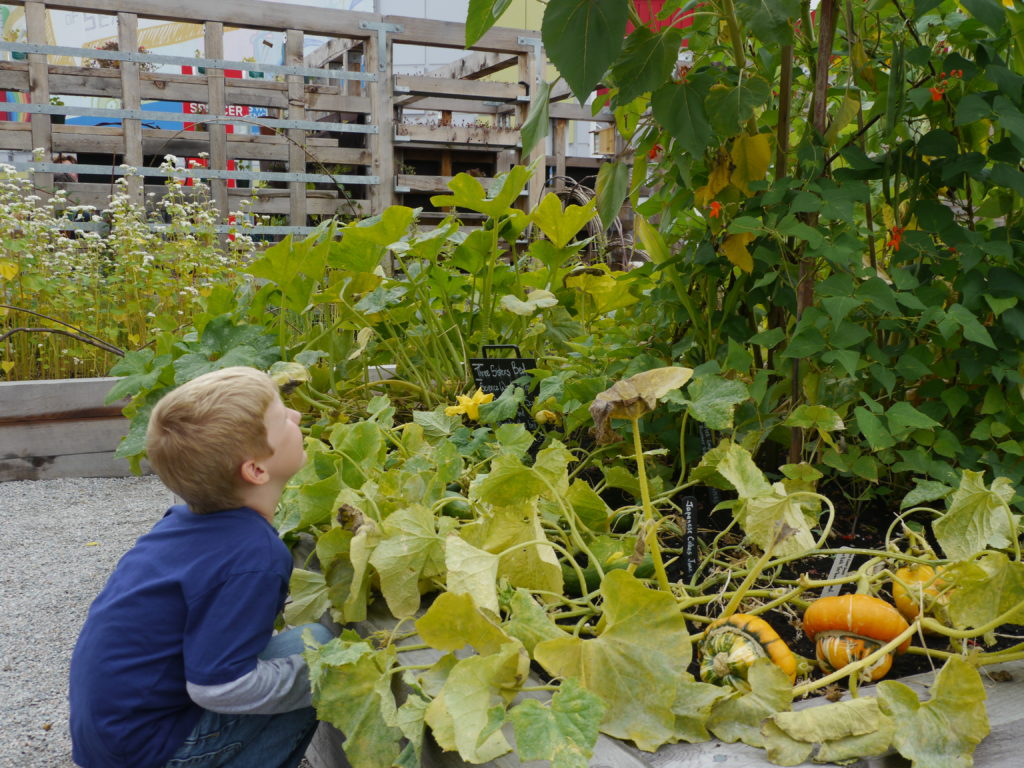How do mosses grow and reproduce?
Mosses are incredibly slow growing and live in challenging environments. Mosses have many methods of dealing with such harsh living conditions. For example, their small size allows mosses to absorb a lot of water through capillary action and reduce the amount of energy use.
Another method of survival is fragmentation. Fragmentation is a form of asexual reproduction where a part of the moss can grow to form a new moss. This is used by mosses to help ensure their survival.
Not all plants can reproduce from any part of their body, but moss is a great example of a plant with this unique ability. As a moss plant is ripped up, each new piece can grow into a new plant. This allows moss to propagate over a large space (like a forest, or a lawn) even with their slow growth.

 copy.jpg)
